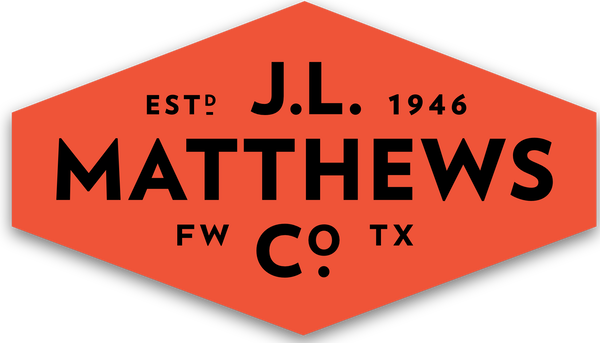
The Arborist’s Tool Kit Part I: Safety Gear

There’s a lot more to arborism than cutting trees; there’s no way we could ever squeeze in all the good info we’ve got into a single blog post. This will be the first entry in a three-part series we’re calling, “The Arborist’s Tool Kit.”
In this edition we’re going to take a look at safety gear. If we’re being completely honest, there are very few pieces in an arborist’s toolkit that don’t fall into this category in one way or another (mostly the sharp, pointy ones). Right now, we’re going to focus on the ones that are worn by an arborist.
The core component of any arborist’s setup is the saddle or harness. No matter what you call it, this is one of the important parts of an arborist’s toolkit. It’s the core piece that all the climber’s other tools and rigging is attached to. Saddles come in a variety of different styles, each with different features. Basic harnesses like the 636 from Bashlin do everything you need them to do and nothing more. Others, like the Cougar Suspension Bridge from Weaver, provide a significantly more tailored fit. Generally speaking, the more you spend on a saddle, the more adjustability and comfort you get. Having a better fitting harness allows you to stay in the saddle (no pun intended) ‘til the job is done. If there’s one piece of equipment that you don’t want to skimp on, it’s your harness.
Next up: gloves. Gloves come in all sorts of materials these days. The most common ones you’ll see in arborist applications are three different types of leather: goatskin, cowhide, and deerskin (also known as buckskin). Leather crucial because it can stand up to abrasion and friction much better than most other synthetic materials. Goatskin is the thinnest and most elastic of the three; it’s great for maintaining finger dexterity. Cowhide gloves are a bit thicker and stiffer, but offer more protection. Buckskin gloves are usually the softest and most comfortable of the three. They offer an excellent balance of protection and comfort, but tend to cost a bit more in most cases.
Next on our list is the gear for your head: Helmets, eye protection, and ear protection. The helmet is hands-down, the most important piece of gear for an arborist. Head injuries are incredibly serious affairs; helmets are often lifesaving in the event of an accident. These helmets come in a variety of different styles and feature sets. The key differentiator between helmets, just like with harnesses, is adjustability and fit. Want to worry less about adjusting your brain bucket and more about the task at hand? Opt for a helmet with more adjustability and fit options.
Ear protection is pretty straight forward. Exposure to loud, continuous noise can really do a number on your hearing after a while. Ear muffs are definitely the way to go here, as they provide the significantly more protection and sound isolation than in-ear plugs.
Rounding out the bottom of our list is eye protection, probably the piece of gear that changes the most from person to person. Some arborists opt for less bulky safety glasses, while others opt for full face shields that are included with full headgear kits. Many arborists prefer full helmet kits with eye and ear protection already built in, as it cuts down on the amount of gear the arborist must carry with them.
Whatever choice you make in any of these gear categories, just be sure you have it. Each piece is essential to keeping you safe.
We hope you enjoyed this brief rundown on arborist safety gear! Check out the arborist collection on our website for more! Be sure to stay subscribe to our email list (link below) to make sure you’re in the loop for the local events and the best deals!
As always, feel free to email us, call us at (800) 421-3360, or come in and talk to us about any questions you may have!





